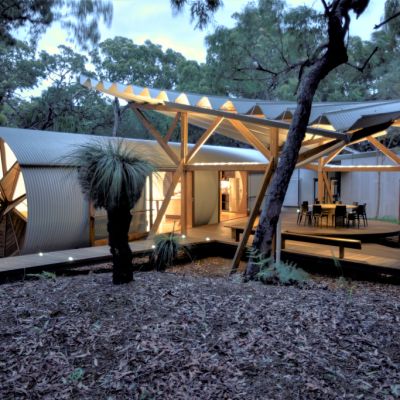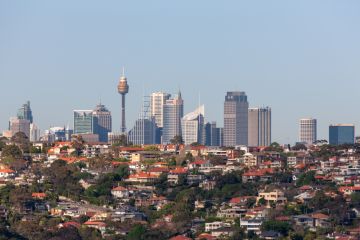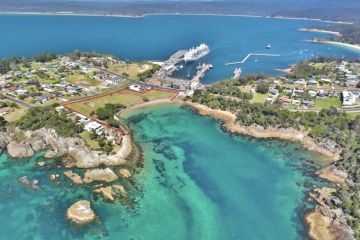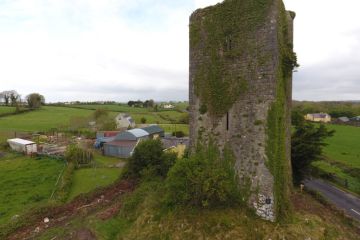The green energy mineral towns that could fuel their own property booms
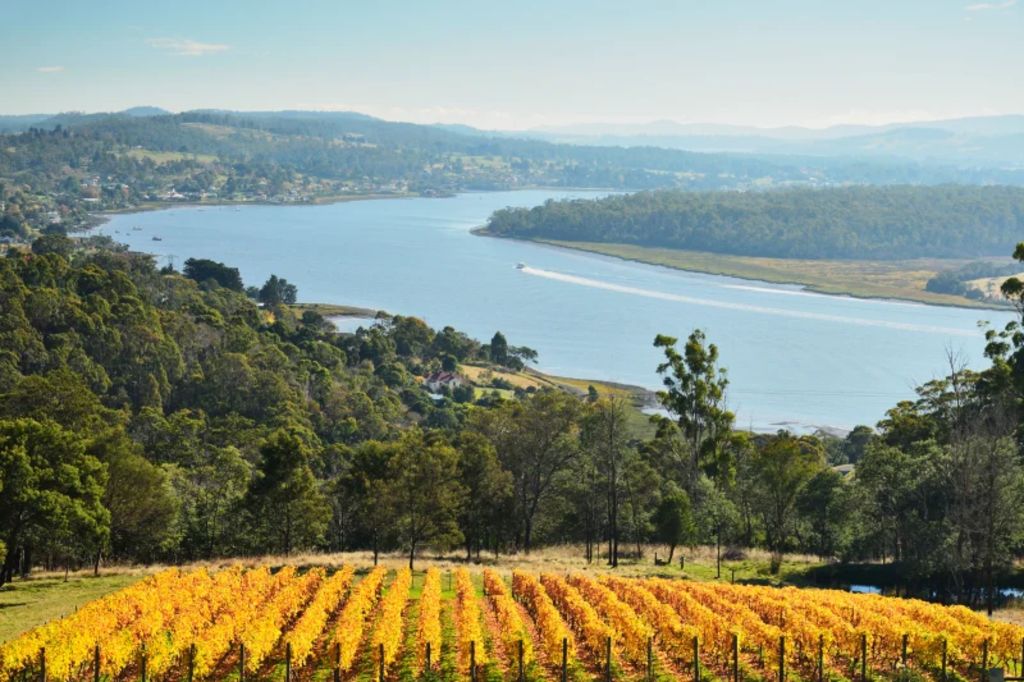
Many property markets are tipped to fall in coming years after an extraordinary run-up in prices, but a handful of mineral-rich regions could buck that trend due to an emerging green energy boom.
The transition to renewables, if the world commits to become carbon-neutral by 2050, would create high demand for minerals such as lithium, cobalt, copper and nickel, which are vital to production of batteries, electric cars, solar panels, wind turbines and biofuels.
Just as the demand for iron ore led to a mining and property boom in Western Australia, the green energy-driven minerals boom could bring population and property price growth to a string of Australian towns.
Ray White’s chief economist Nerida Conisbee said regions such as Portland in Victoria and Bell Bay in Tasmania had aluminium manufacturing industries, Fifield in NSW had a cobalt mine in the pipeline, and Greenbushes in Western Australia was ramping up lithium production.

“When [iron ore] demand took off there was a resetting of prices. It was driven by population growth, jobs growth and property growth,” Conisbee said. “The thing is, it’s still very early days [of green energy], it’s not like we’re moving quickly. We’re moving to green energy, but we’re not moving in the next few months.”
She said while the changes were long term and dependent on how much, and how fast, investment was made by governments and business, the rise of demand for minerals used in green energy production was inevitable.
“Globally the demand is going to rise substantially in the coming decades,” she said.
“If green energy moves in the direction that it’s going, and if Australia does get itself well set up for mineral energy, we certainly have a bright future not just for the property market but for the broader economy.
“We have been a country that has done well out of iron ore and coal, but green energy is the future and we’re well positioned to take advantage of this.”
Australian National University economics professor Paul Burke said the economic impact of the rise of renewable energy would be twofold as country towns benefitted from the demand for the extraction of minerals and renewable projects were built.
“There will be ongoing strong demand for copper and cobalt, and local communities will benefit from that,” Burke said.
Tristan Edis, director of clean energy advisory firm Green Energy Markets, said many of these minerals used in green energy have jumped in price due to demand.
“We are seeing the commodities in the green energy space have seen serious price rises, which is indicative that we need to expand supply to achieve what governments are targeting,” he said.
Edis said the future of some minerals such as aluminium, which is refined from bauxite, depended on the evolution of green energy.
“As battery costs get cheaper and lighter, that premium of light-weighting [using aluminium] declines. If Tesla was using a lot of aluminium in their cars, that’s a sign aluminium is more important.”
Property prices in many of these green energy mineral regions have already exploded in their own right due to pandemic-driven demand for a tree-change.
The median house price in Greenbushes, some 450 kilometres west of Perth, rose 12 per cent to $473,169 in the year to March, according to CoreLogic data.
Selling agent Mike Tucker, of Ray White South West Central, said the expansion of the lithium mine in the region will only continue to add demand and push prices up further.
“It’s made a big impact on anything within a 50- to 60-kilometre surround,” Tucker said.
“Traditional mining in Western Australia is up north in red desert, 50-degree country. To have a lithium mine that is successful in the heart of the west is a massive drawcard for the property market.”
In regions such as Portland in Victoria and Bell Bay in Tasmania, where aluminium smelters have existed for years, median house prices have skyrocketed 33 per cent and 44 per cent respectively in the past year.

Portland selling agent Boyd Falconer, of A1 Real Estate Solutions, said the region has enjoyed a boost in popularity thanks to the pandemic property boom, but the rise in aluminium prices has helped boost the local economy’s confidence.
“There is certainly a large workforce that work at the smelter, and for a long while their future was uncertain, and when any industry is threatened, it can impact on confidence.
“I assume a lot of speculators would see a bright future for Portland, and that would be partly based on the success of the aluminium smelter.”
Knight Frank Launceston’s Peter Dehnert was also cautious to attribute Bell Bay’s property boom to local aluminium manufacturers.
“There’s renewed confidence in the Tasmanian economy, and a property boom, and George Town [the nearest town to the smelter] is riding on the back of that,” Dehnert said.
He also said speculation of Andrew Forrest’s plans to have a hydrogen industry based in the area has helped the region.
In Fifield, a small central west region in NSW, median house prices have jumped 40 per cent to $565,038 in the past year alone.
With mining activity in full swing for other minerals, the development phase of a new cobalt mine has also spurred on investors, according to Ian Simpson, selling agents of Elders Forbes.
“We are seeing higher demand from investors buying investment properties … trying to capitalise on the mining operations,” Simpson said.
We recommend
We thought you might like
States
Capital Cities
Capital Cities - Rentals
Popular Areas
Allhomes
More
/http%3A%2F%2Fprod.static9.net.au%2Ffs%2F47a5c6ce-63bc-4a66-a82c-145d58d8df62)
/http%3A%2F%2Fprod.static9.net.au%2Ffs%2F15cf99fc-3d39-4f39-a3e0-2a8b1a9af8ed)
